Home>Furniture & Design>Interior Design Trends>What Water Comes In Glass Bottles
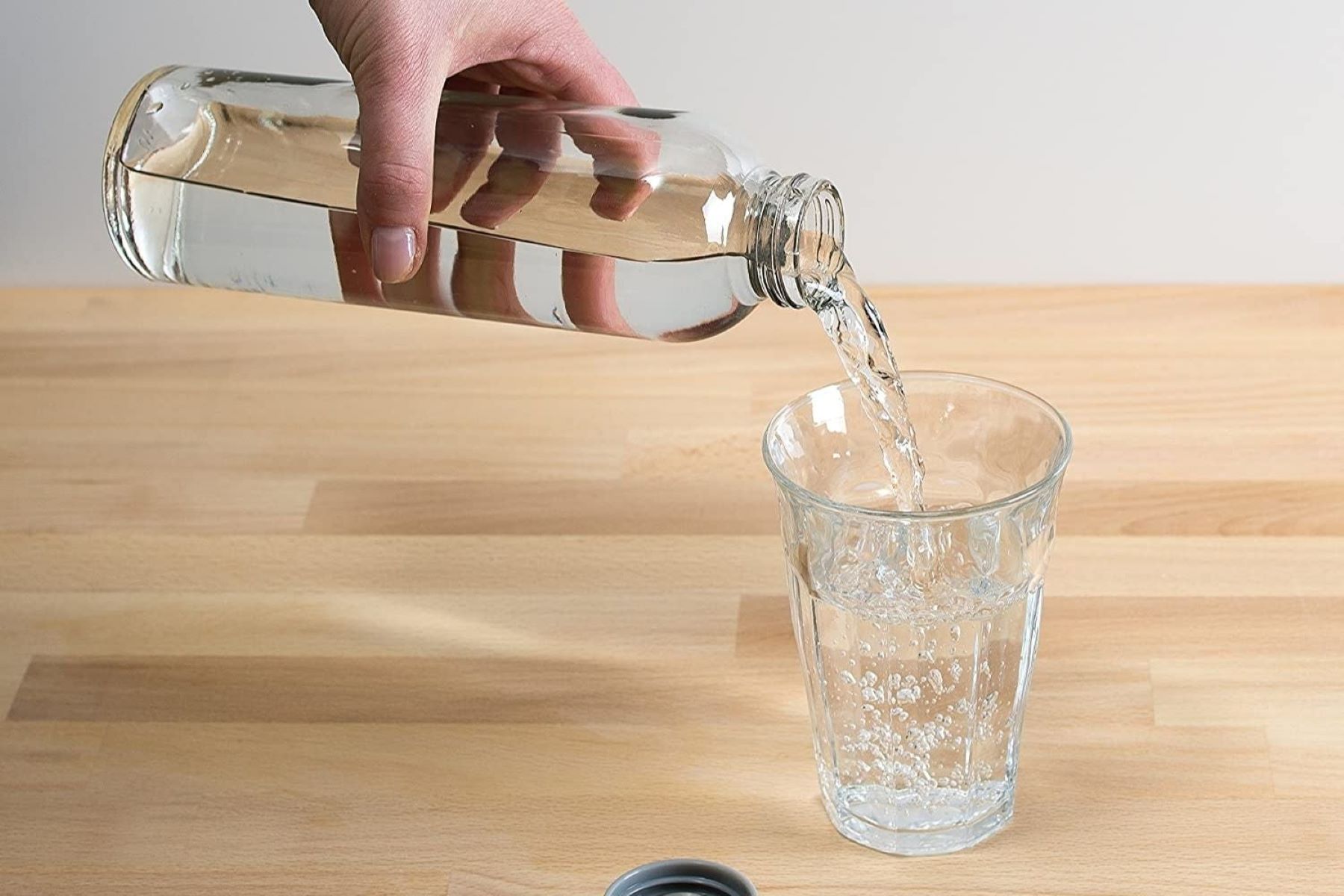

Interior Design Trends
What Water Comes In Glass Bottles
Modified: February 18, 2024
Discover the latest interior design trends with glass bottled water, adding a touch of elegance and sustainability to your space. Explore the stylish and eco-friendly options available.
(Many of the links in this article redirect to a specific reviewed product. Your purchase of these products through affiliate links helps to generate commission for Storables.com, at no extra cost. Learn more)
Introduction
The choice of water we consume has a significant impact on our health, the environment, and even the aesthetic appeal of our surroundings. In recent years, there has been a growing trend towards embracing sustainable and health-conscious options, leading to a resurgence in the popularity of water packaged in glass bottles. This shift reflects a broader movement towards eco-friendly practices and a heightened awareness of the potential health benefits associated with consuming water from glass containers.
As we delve into the world of water packaged in glass bottles, it's essential to explore the various types available, the benefits they offer, and the environmental implications of this packaging choice. By understanding these aspects, consumers can make informed decisions that align with their values and contribute to a more sustainable and health-oriented lifestyle.
The allure of water in glass bottles extends beyond mere hydration; it embodies a commitment to wellness, sustainability, and a touch of elegance. Let's embark on a journey to uncover the nuances of this trend, shedding light on its significance in the realm of interior design and lifestyle choices.
Key Takeaways:
- Embracing water in glass bottles offers purity, sustainability, and elegance, enhancing wellness and environmental mindfulness. It’s a conscious lifestyle choice that resonates with values and contributes to a sustainable and health-oriented lifestyle.
- Water in glass bottles provides a refreshing and aromatic alternative to plain water, aligning with wellness and sustainability. It embodies purity, environmental consciousness, and a touch of sophistication, resonating with modern consumers.
Read more: What Are Glass Bottles Made Of
Types of Water in Glass Bottles
-
Spring Water: This type of water is sourced from natural springs, where it is naturally filtered through layers of rock, resulting in a crisp and refreshing taste. Spring water in glass bottles often retains its natural mineral content, providing a unique flavor profile that appeals to discerning consumers.
-
Mineral Water: Mineral water is enriched with essential minerals such as calcium, magnesium, and potassium, which are naturally present in the water source. Packaged in glass bottles, mineral water offers a pure and unadulterated drinking experience, free from the potential leaching of chemicals often associated with plastic containers.
-
Sparkling Water: For those seeking a touch of effervescence, sparkling water in glass bottles presents a delightful option. Whether naturally carbonated or infused with carbon dioxide, this bubbly beverage adds a touch of sophistication to any setting, making it a popular choice for both casual and formal occasions.
-
Alkaline Water: Known for its slightly higher pH level, alkaline water is believed to offer potential health benefits, such as aiding in neutralizing acidic compounds in the body. When packaged in glass bottles, alkaline water maintains its purity and is free from the potential chemical interactions that can occur with plastic packaging.
-
Artesian Water: Artesian water originates from a confined aquifer, where it is naturally protected from external contaminants. Bottled in glass, this type of water embodies a sense of purity and authenticity, making it a favored option for those seeking a connection to the earth's natural resources.
-
Flavored Water: Infused with natural fruit essences or botanical extracts, flavored water in glass bottles provides a refreshing and aromatic alternative to plain water. The use of glass packaging ensures that the delicate flavors remain uncompromised, offering a sensory experience that appeals to the palate and the senses.
-
Purified Water: Through advanced filtration processes, purified water is stripped of impurities and contaminants, resulting in a clean and neutral taste. When presented in glass bottles, purified water exudes a sense of clarity and transparency, aligning with the desire for pure and unadulterated hydration.
The diverse array of water types available in glass bottles caters to varying preferences, dietary needs, and lifestyle choices. Each variant embodies a distinct essence, encapsulating the purity and natural allure of water while aligning with the principles of sustainability and wellness.
Benefits of Water in Glass Bottles
The choice to consume water from glass bottles offers a myriad of benefits that extend beyond mere hydration. Here are some compelling reasons why this packaging option is gaining traction among health-conscious and environmentally aware consumers:
-
Purity and Freshness: Glass is inert and non-porous, ensuring that the water remains untainted by external odors or flavors. This preserves the natural freshness and purity of the water, allowing consumers to savor its pristine taste without any hint of chemical leaching.
-
Environmental Sustainability: Glass is highly recyclable and does not degrade in quality during the recycling process. By opting for water in glass bottles, consumers contribute to the reduction of single-use plastic waste, thereby supporting a more sustainable and eco-friendly packaging solution.
-
Preservation of Quality: Unlike plastic, glass does not react with the water it contains, safeguarding the original quality and composition of the water. This ensures that the water's mineral content, taste, and overall integrity remain unaltered, providing a consistent and reliable drinking experience.
-
Aesthetic Appeal: Glass bottles exude a sense of elegance and sophistication, adding a touch of refinement to any setting. Whether displayed in a home, office, or social gathering, water in glass bottles enhances the visual appeal of the space, elevating the overall ambiance with its timeless allure.
-
Health Consciousness: The absence of potentially harmful chemicals, such as BPA (bisphenol A), in glass bottles aligns with the health-conscious choices of consumers. By opting for water packaged in glass, individuals prioritize their well-being, ensuring that their hydration source is free from synthetic compounds that may pose health risks.
-
Versatility and Reusability: Glass bottles can be repurposed for various uses, such as storing homemade beverages, creating decorative accents, or serving as eco-friendly alternatives to single-use containers. This versatility adds value to glass packaging, extending its lifespan and minimizing its environmental footprint.
-
Temperature Regulation: Glass bottles help maintain the temperature of the water, whether it's chilled or at room temperature, for a longer duration compared to other materials. This feature enhances the drinking experience, allowing consumers to enjoy their water at the desired temperature without rapid heat transfer or retention.
By embracing water in glass bottles, consumers align themselves with a holistic approach to wellness and sustainability. This conscious choice reflects a commitment to preserving the purity of water, minimizing environmental impact, and embracing a lifestyle that harmonizes with the principles of health and environmental stewardship.
Look for water that comes in glass bottles with a high mineral content, such as spring water or mineral water. These types of water can provide additional health benefits compared to regular bottled water.
Environmental Impact of Glass Bottled Water
The environmental impact of glass bottled water is a topic of significant relevance in the context of sustainable packaging and waste management. While glass is often lauded for its recyclability and minimal environmental footprint, it is essential to delve into the specific implications of utilizing glass as a packaging material for water.
Glass, as a packaging medium, boasts remarkable eco-friendly attributes. It is 100% recyclable and can be recycled endlessly without loss of quality or purity. This inherent recyclability contributes to the reduction of waste accumulation in landfills and minimizes the demand for raw materials required in the production of new glass containers. Furthermore, the recycling process for glass consumes less energy compared to the manufacturing of new glass, thereby lowering carbon emissions and conserving natural resources.
When considering the life cycle of glass bottled water, it is crucial to acknowledge the energy inputs associated with its production and transportation. While glass is durable and inert, its weight contributes to higher transportation costs and carbon emissions, especially when compared to lighter packaging materials such as plastic. However, the environmental impact of transportation can be mitigated by sourcing glass bottled water from local or regional suppliers, thereby reducing the carbon footprint associated with long-distance shipping.
Moreover, the longevity and reusability of glass bottles contribute to their environmental merit. Unlike single-use plastic bottles, glass containers can be repurposed, refilled, or recycled, extending their lifespan and minimizing their environmental impact. This reusability aligns with the principles of a circular economy, where resources are utilized efficiently, and waste generation is minimized.
In the broader context of environmental stewardship, the choice of glass bottled water reflects a commitment to reducing plastic pollution and supporting sustainable packaging alternatives. By opting for glass, consumers contribute to the conservation of marine ecosystems, reduction of plastic waste in terrestrial environments, and the promotion of a circular and regenerative approach to packaging.
In essence, while the environmental impact of glass bottled water encompasses considerations such as transportation emissions and energy consumption, its recyclability, reusability, and minimal ecological footprint position it as a favorable choice for environmentally conscious consumers. By embracing glass bottled water, individuals partake in a sustainable and responsible approach to hydration, contributing to the preservation of natural resources and the mitigation of environmental harm associated with single-use plastics.
Conclusion
In conclusion, the resurgence of water packaged in glass bottles signifies a harmonious convergence of health-conscious choices, environmental stewardship, and aesthetic refinement. The diverse array of water types available in glass bottles caters to varying preferences, dietary needs, and lifestyle choices, offering consumers a spectrum of options that align with their values and aspirations for wellness.
The benefits of water in glass bottles extend beyond mere hydration, encompassing purity, environmental sustainability, preservation of quality, aesthetic appeal, health consciousness, versatility, and temperature regulation. These attributes underscore the multifaceted advantages of choosing glass as a packaging medium for water, resonating with the discerning preferences of modern consumers who prioritize holistic well-being and environmental mindfulness.
Furthermore, the environmental impact of glass bottled water, while encompassing considerations such as transportation emissions and energy consumption, is mitigated by the recyclability, reusability, and minimal ecological footprint of glass packaging. By opting for water in glass bottles, individuals contribute to the reduction of single-use plastic waste, support sustainable packaging alternatives, and partake in a circular and regenerative approach to resource utilization.
The allure of water in glass bottles extends beyond mere hydration; it embodies a commitment to wellness, sustainability, and a touch of elegance. Whether displayed in homes, offices, or social gatherings, water in glass bottles enhances the visual appeal of the space, elevating the overall ambiance with its timeless allure.
In essence, the choice to embrace water packaged in glass bottles transcends conventional notions of hydration; it encapsulates a conscious lifestyle choice that resonates with the principles of purity, sustainability, and aesthetic sophistication. By delving into the nuances of this trend, consumers can make informed decisions that align with their values and contribute to a more sustainable and health-oriented lifestyle.
The resurgence of water packaged in glass bottles signifies a harmonious convergence of health-conscious choices, environmental stewardship, and aesthetic refinement. It embodies a commitment to wellness, sustainability, and a touch of elegance, resonating with the discerning preferences of modern consumers who prioritize holistic well-being and environmental mindfulness.
Frequently Asked Questions about What Water Comes In Glass Bottles
Was this page helpful?
At Storables.com, we guarantee accurate and reliable information. Our content, validated by Expert Board Contributors, is crafted following stringent Editorial Policies. We're committed to providing you with well-researched, expert-backed insights for all your informational needs.
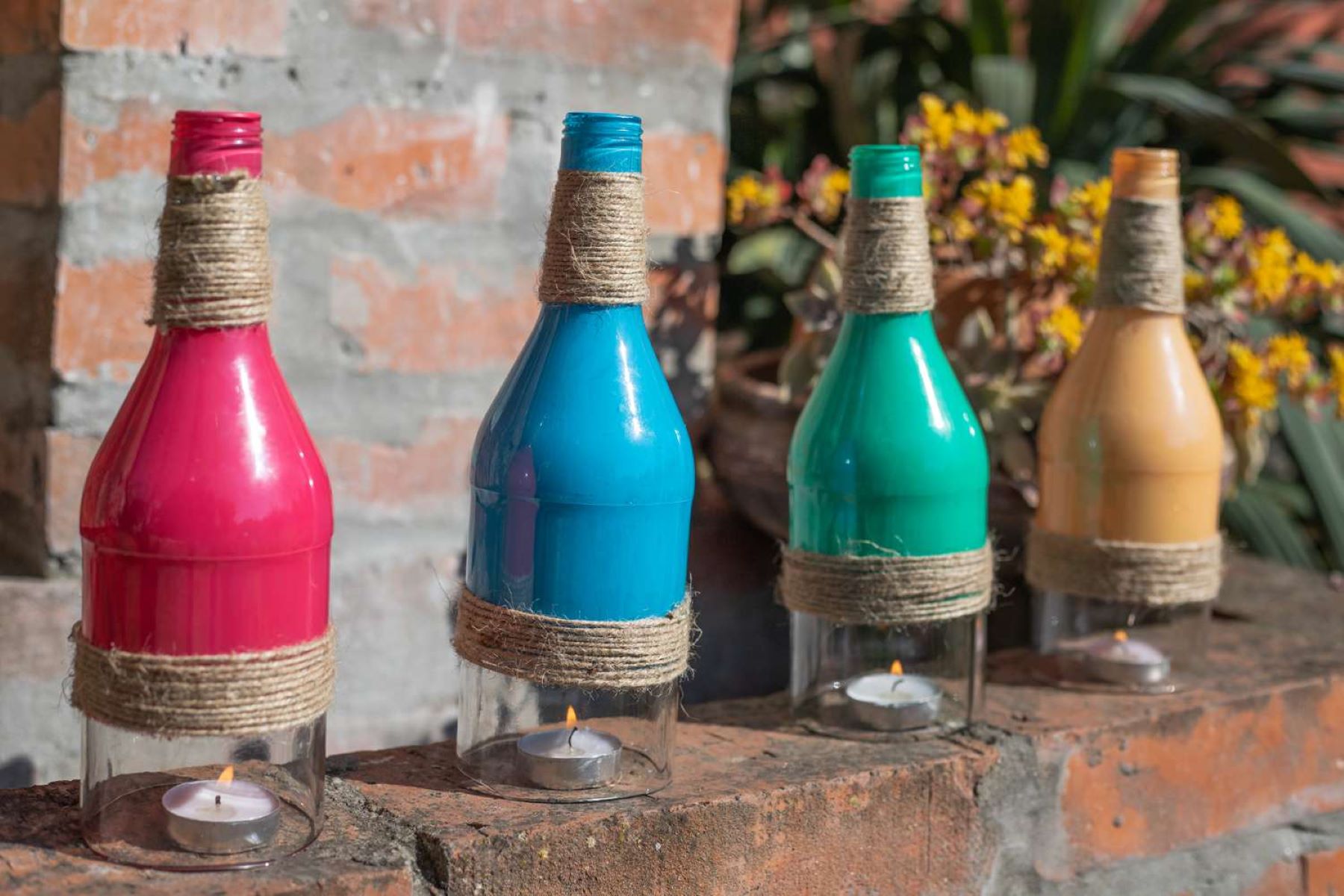
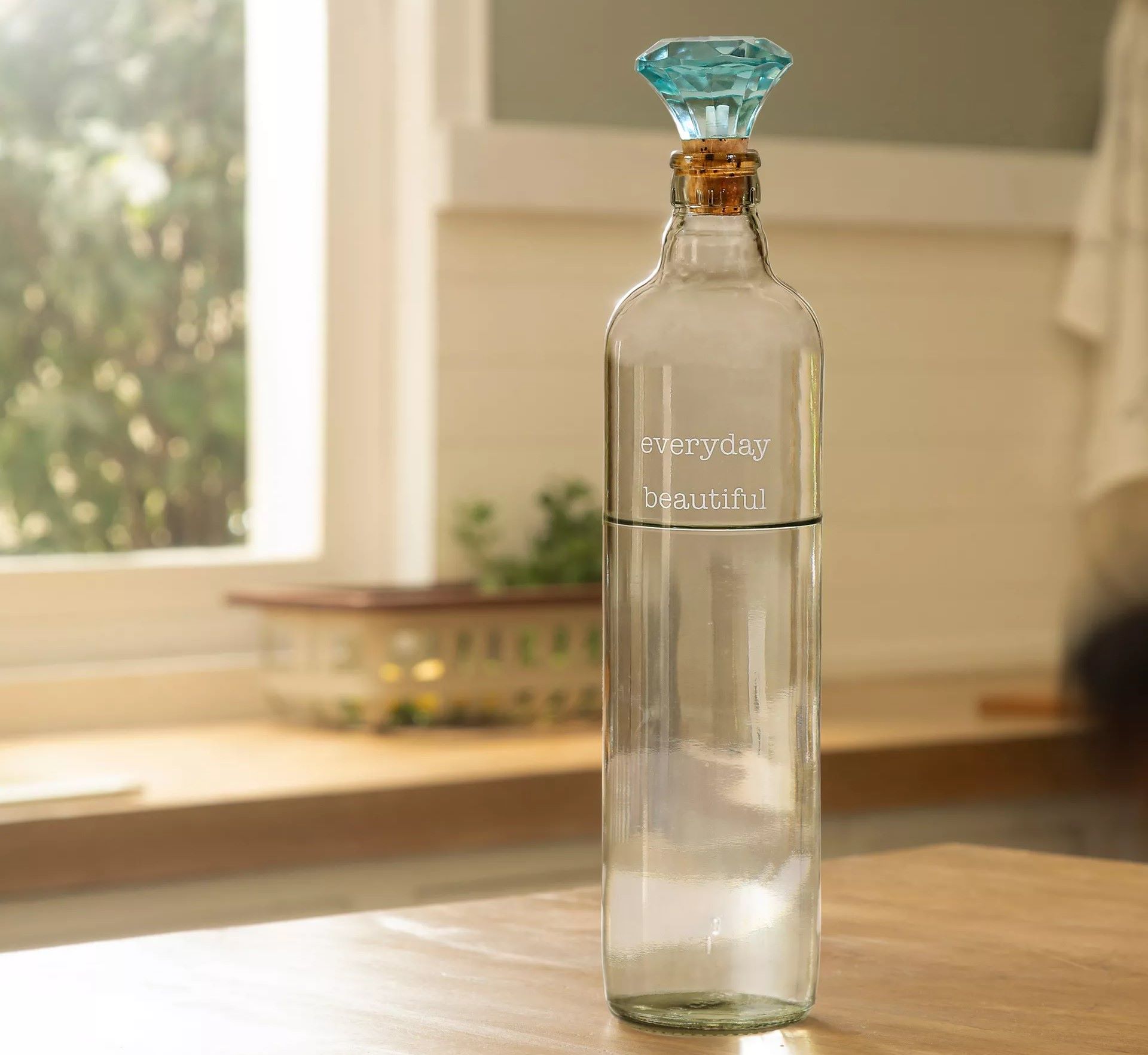
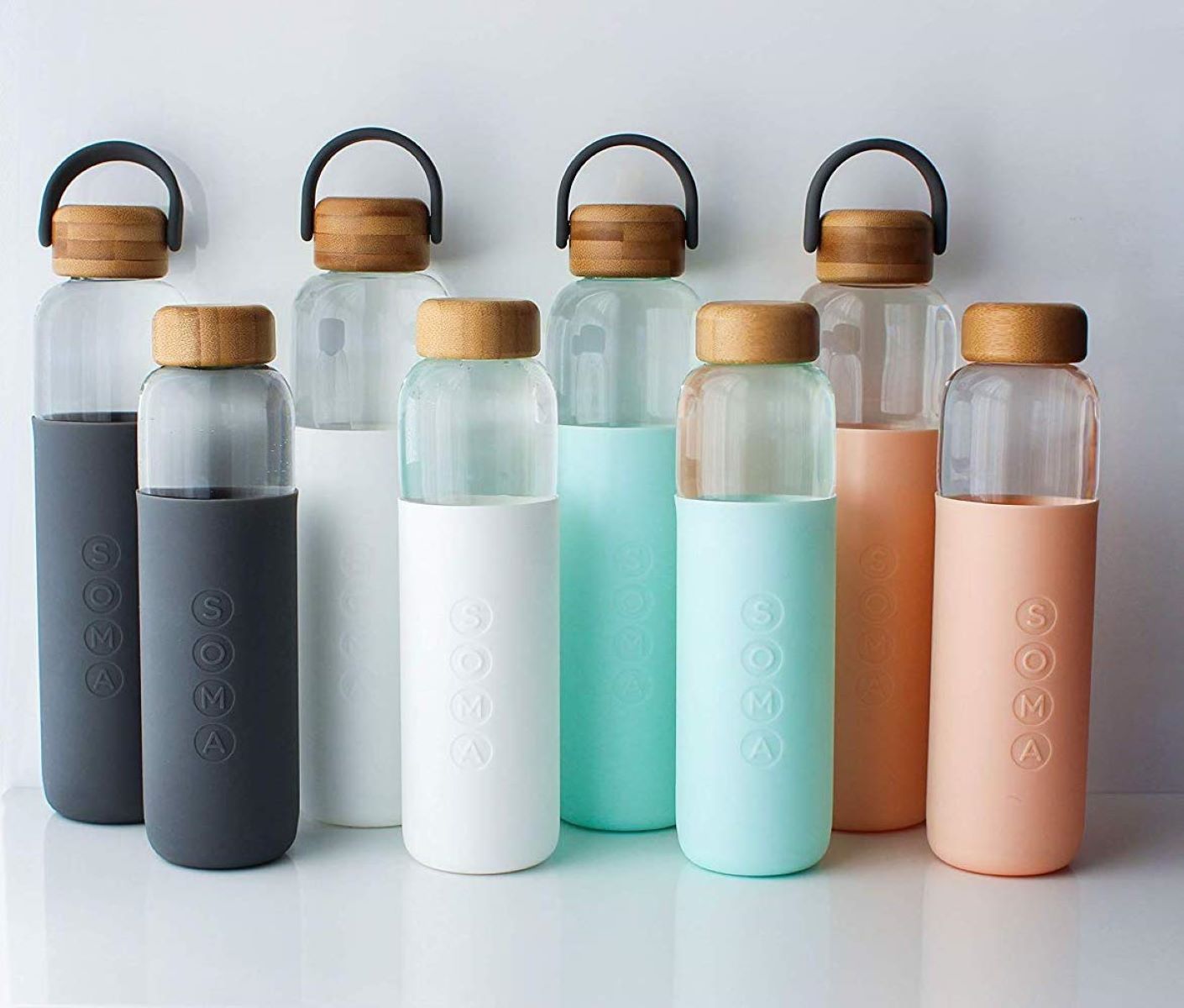
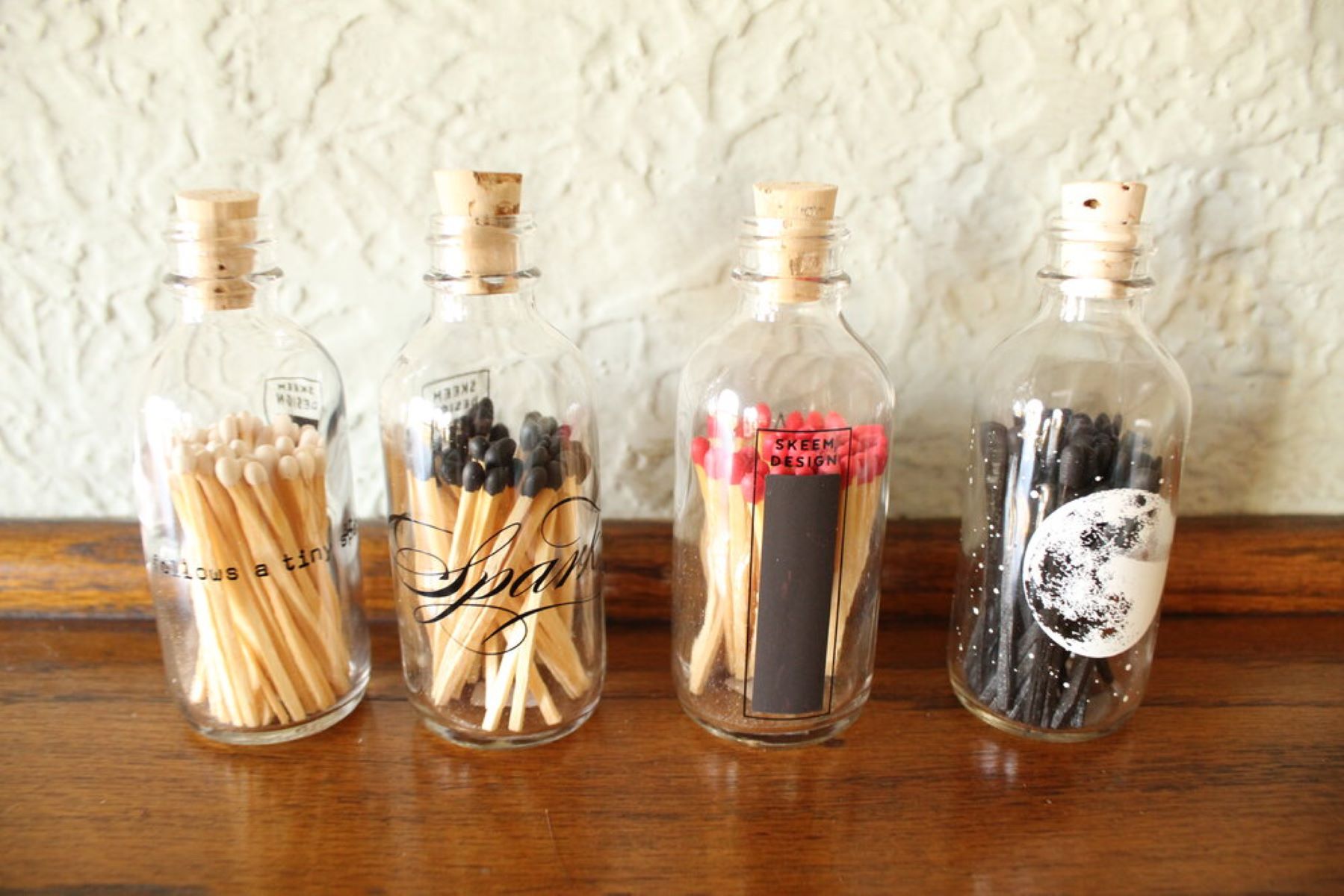
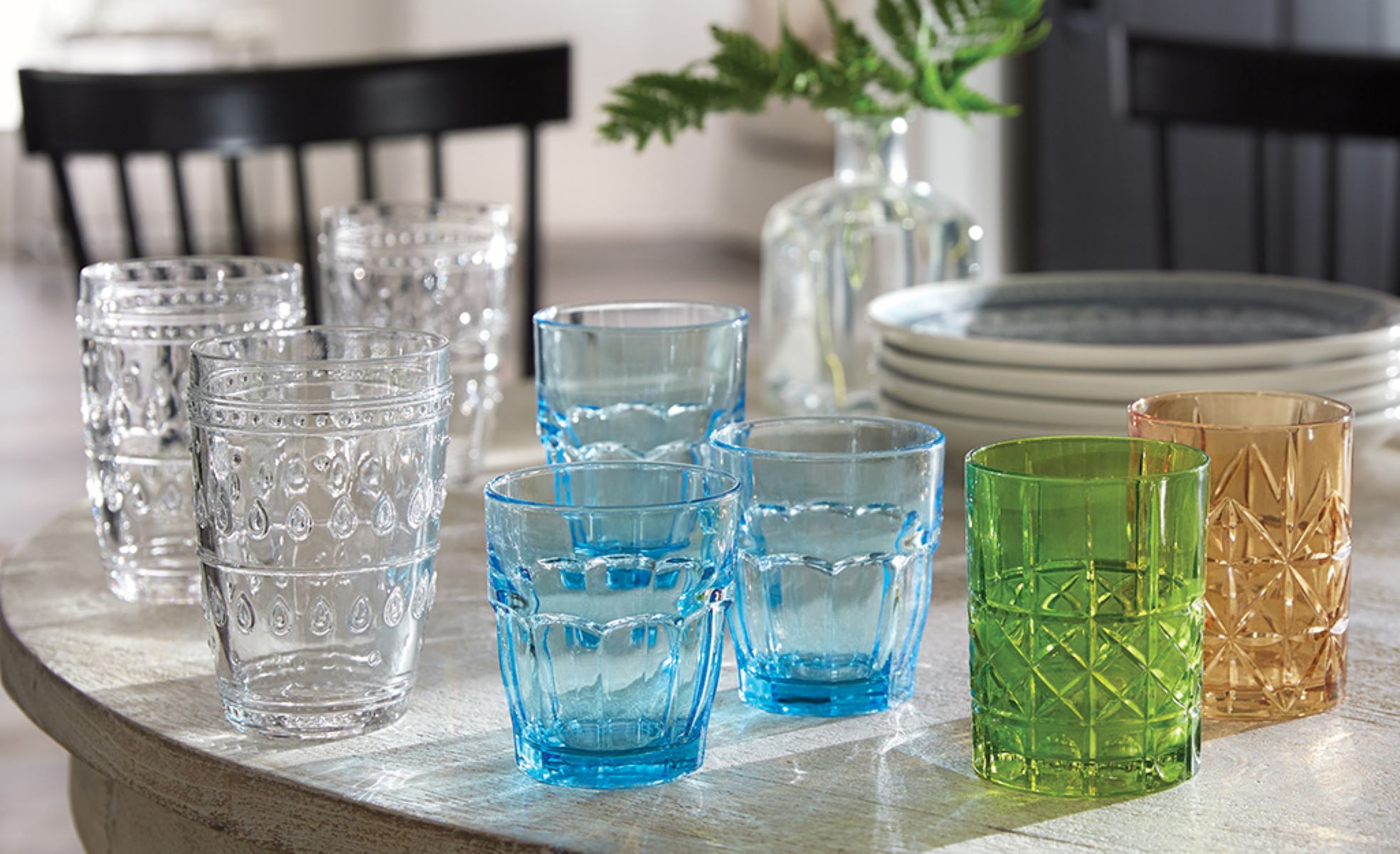
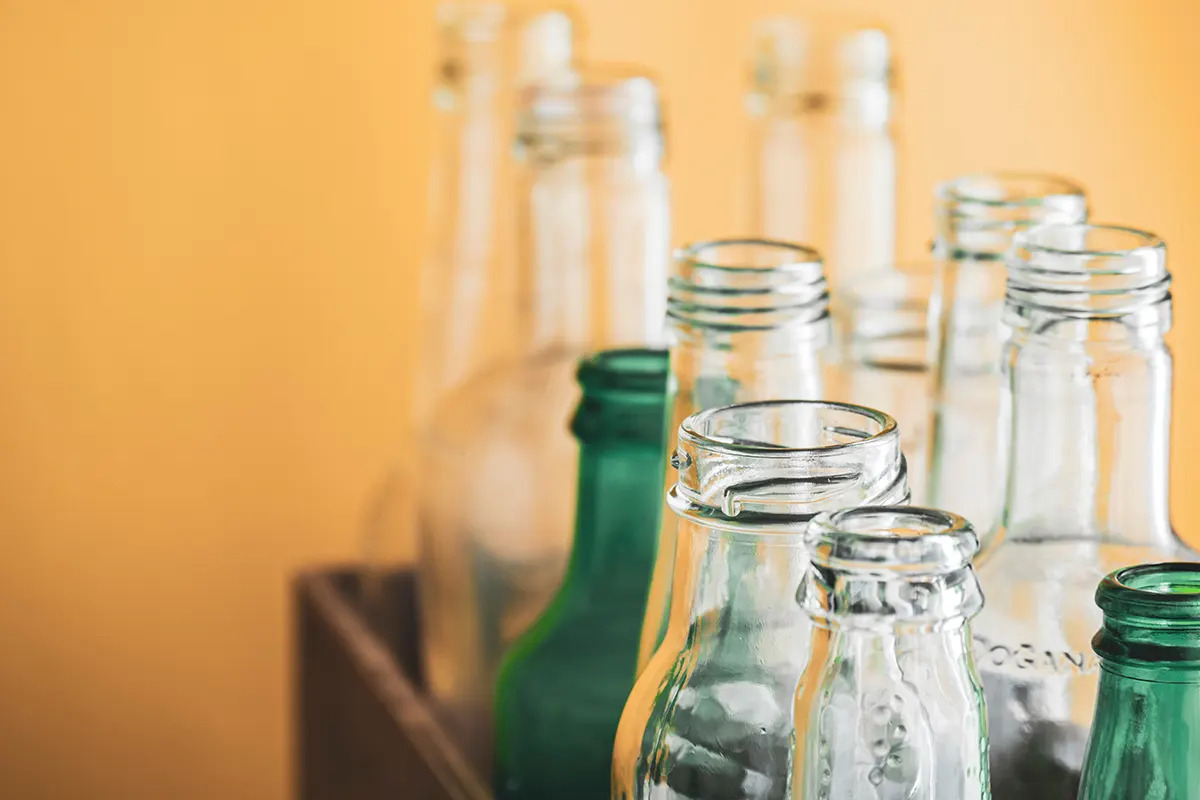
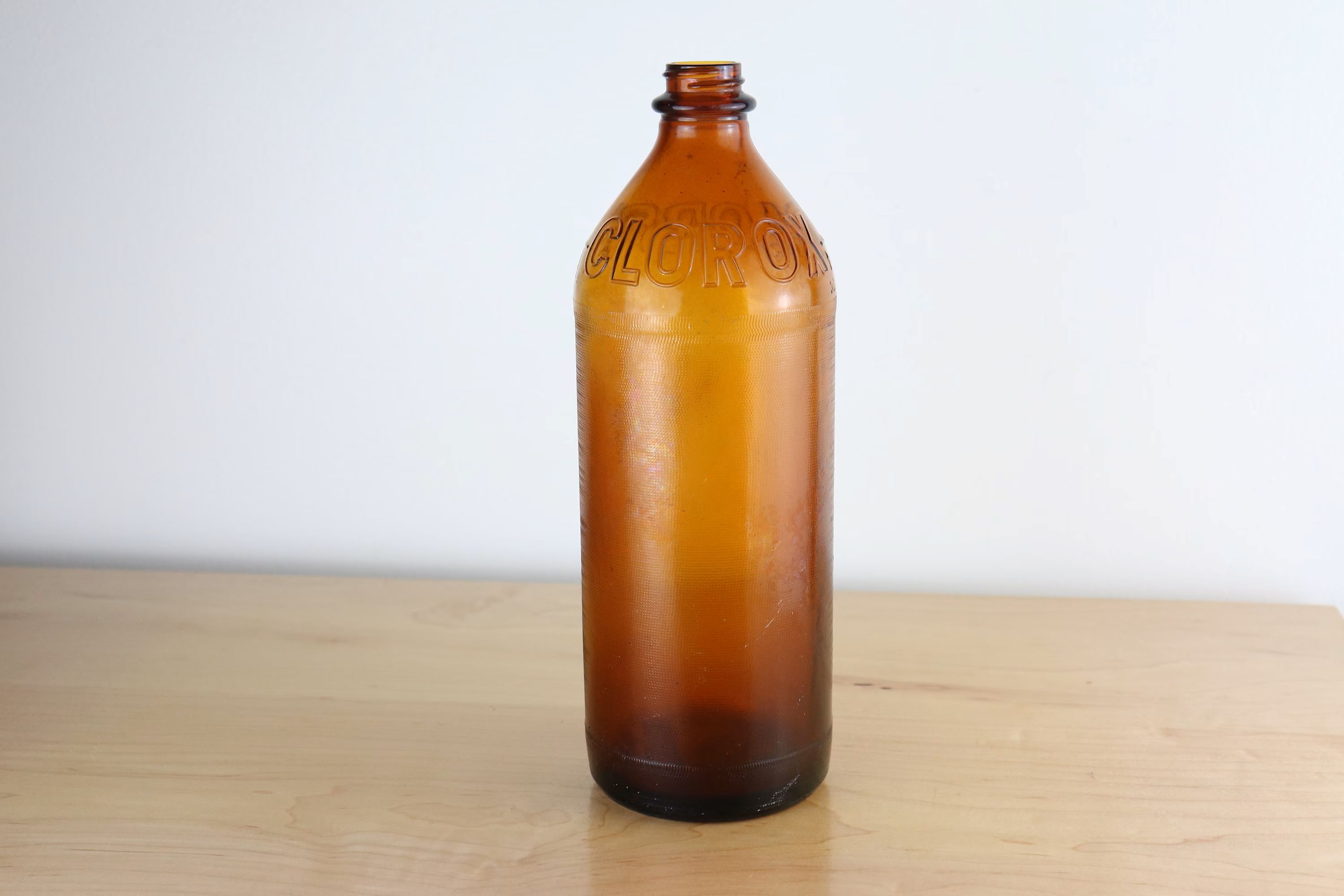
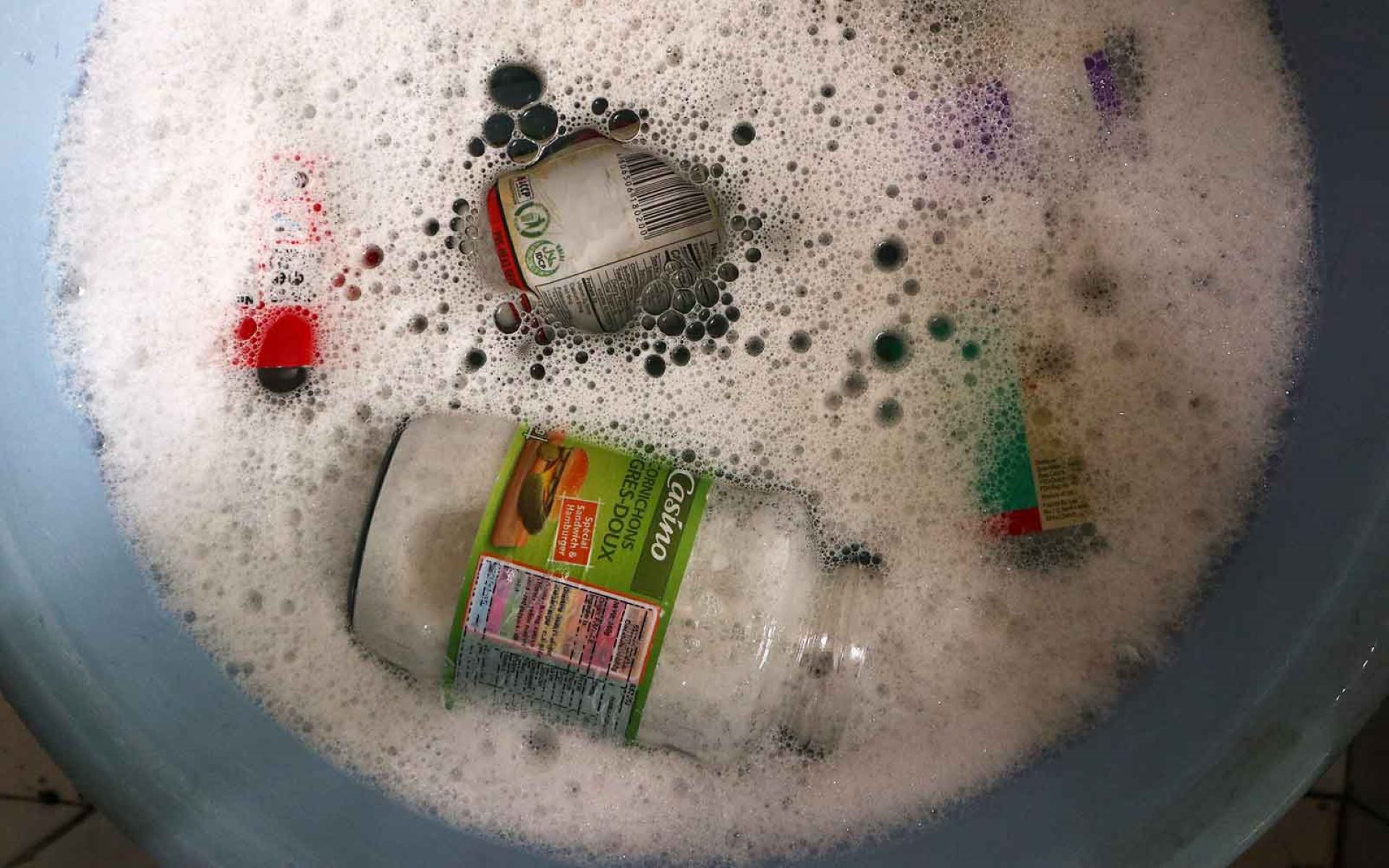
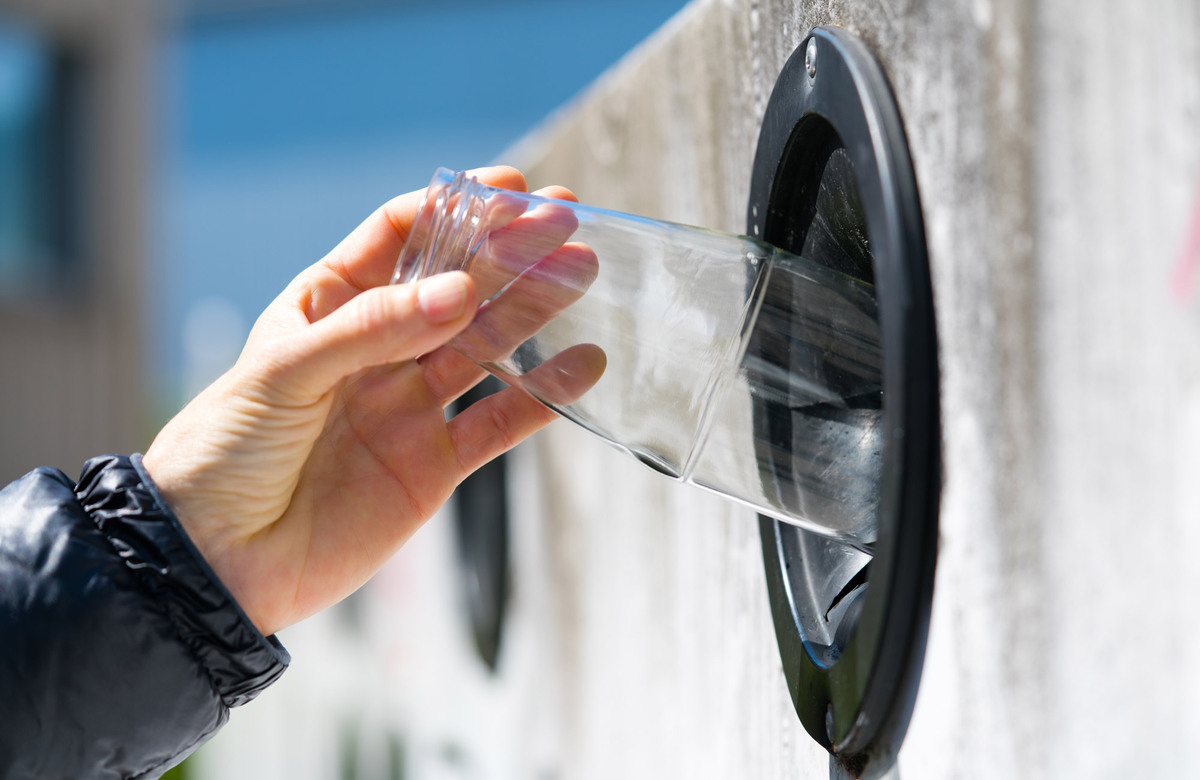
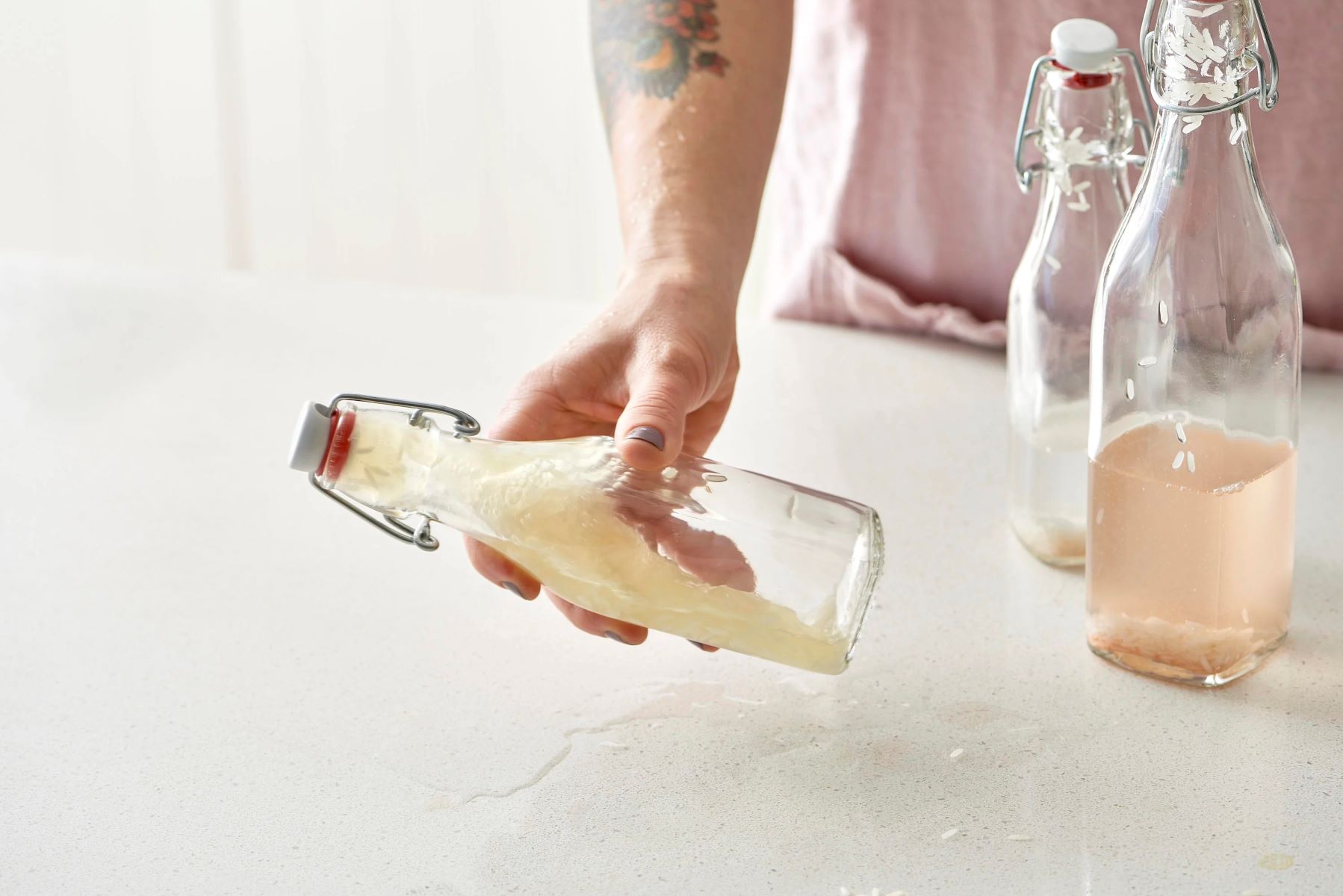
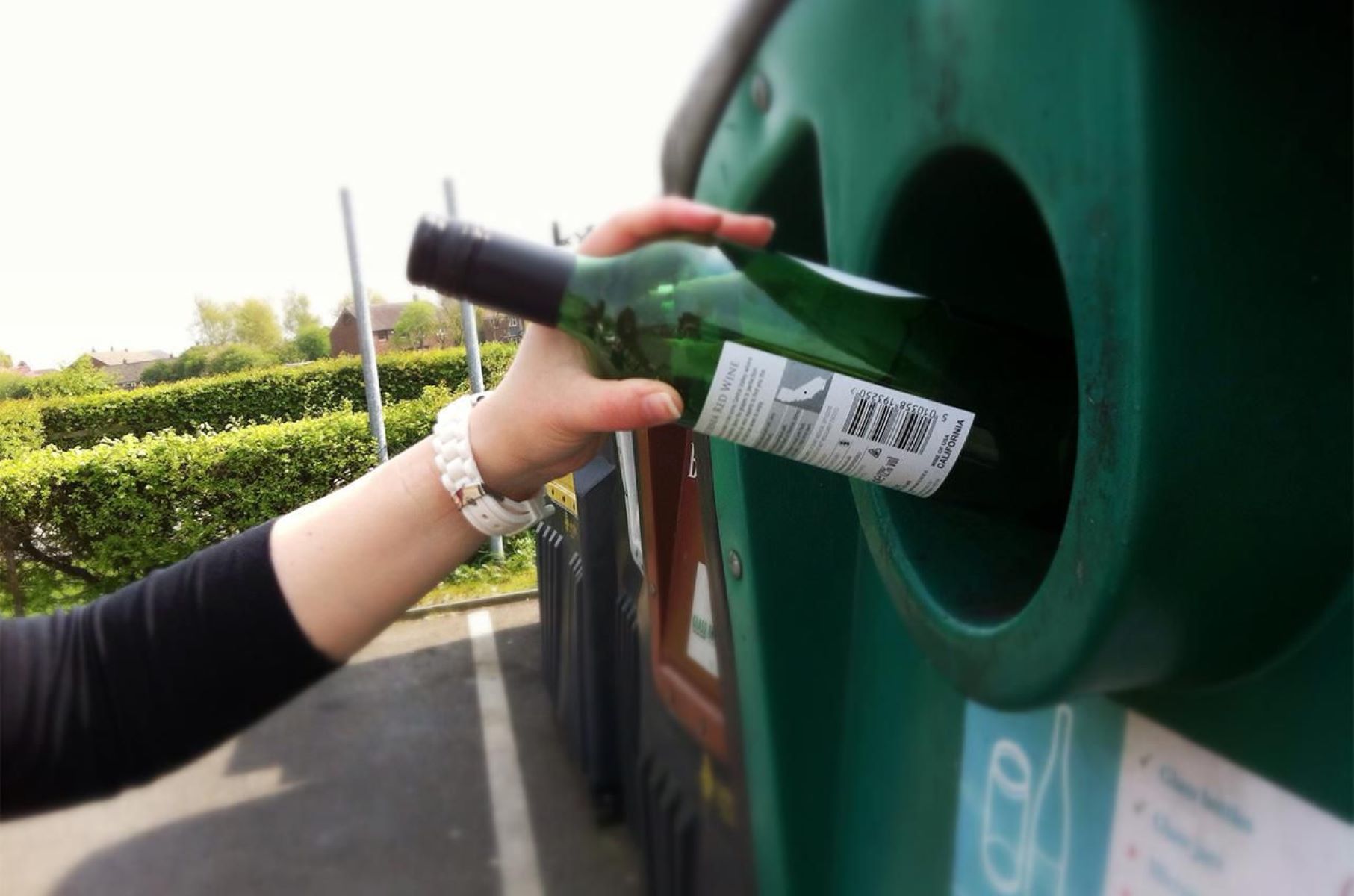
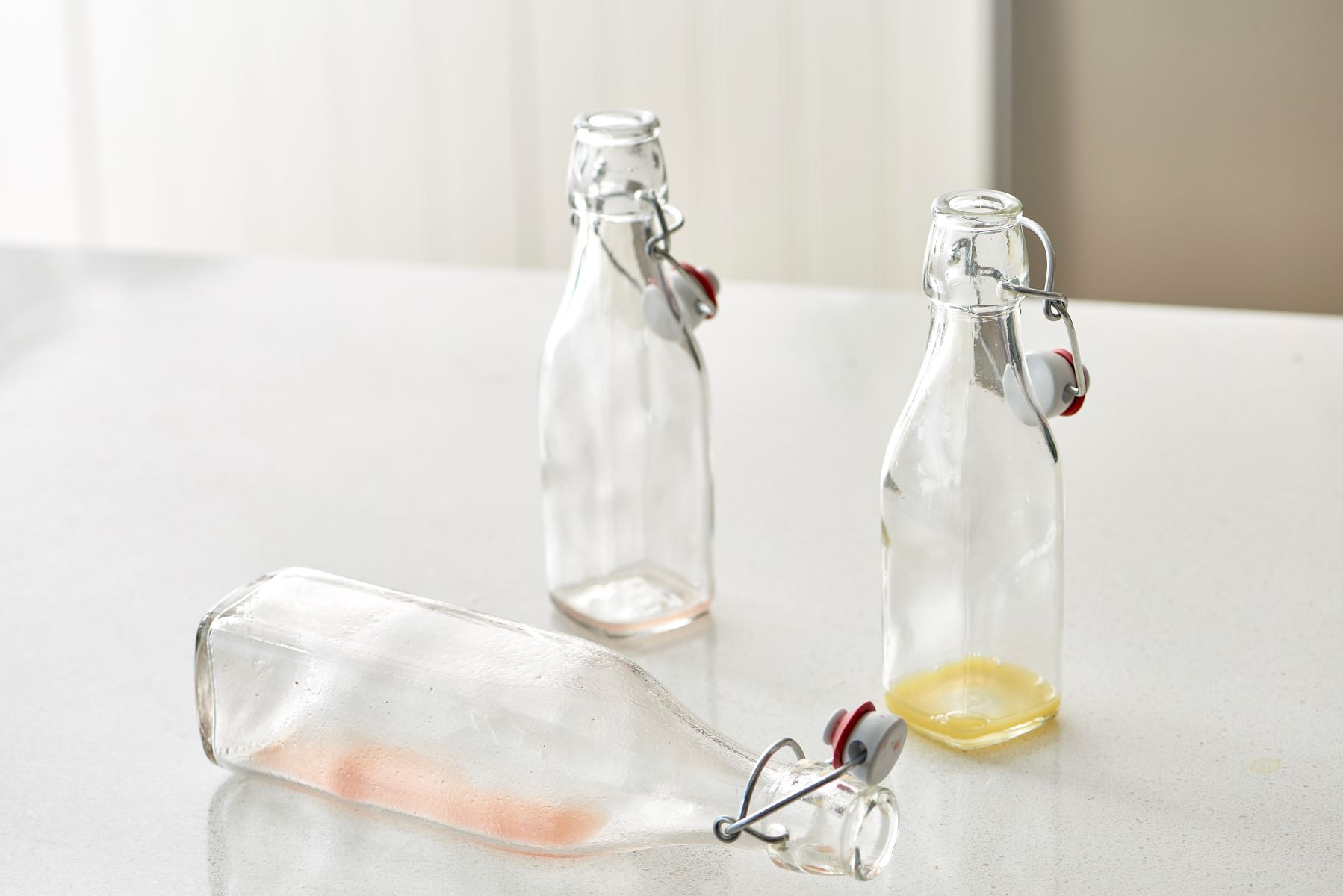
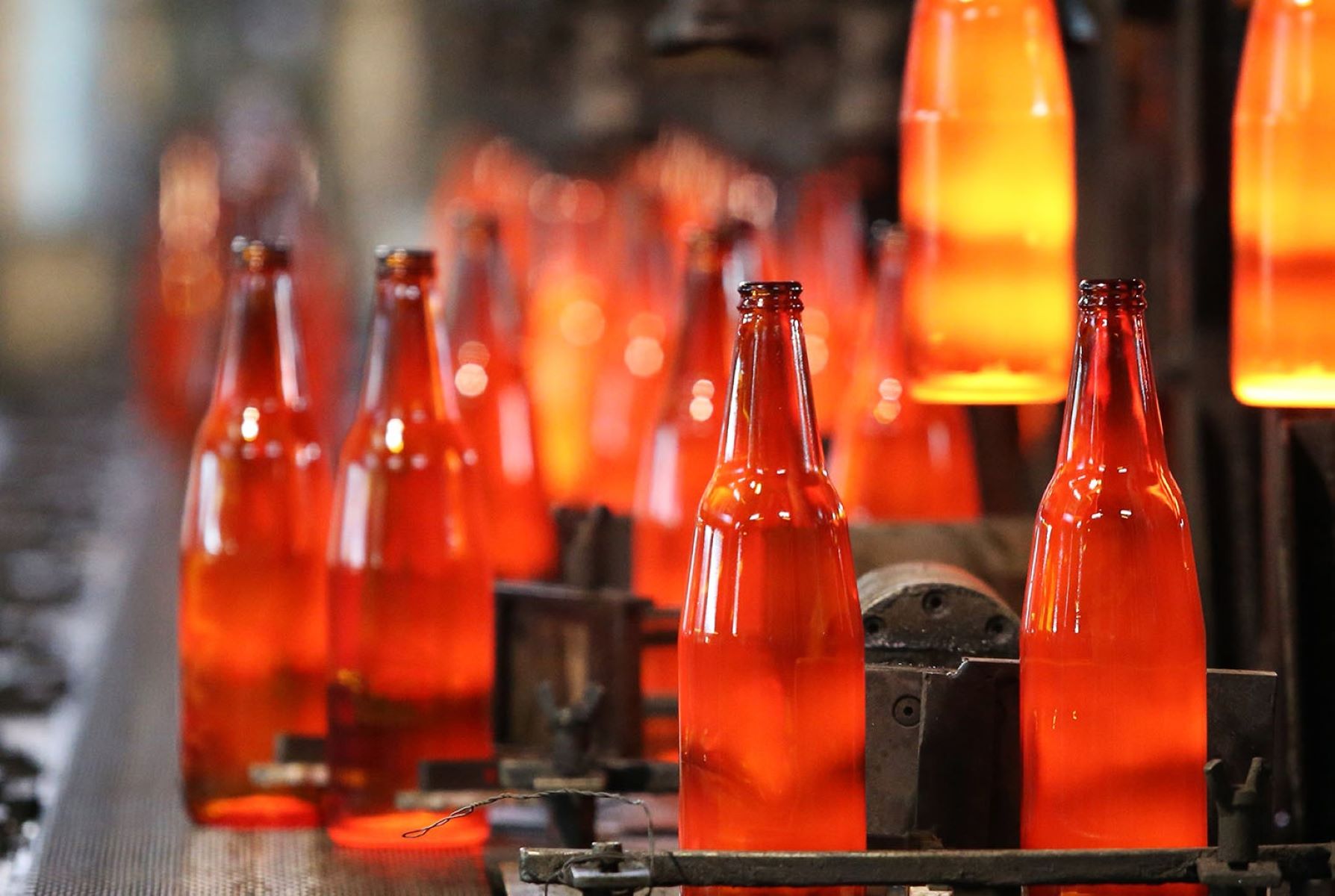
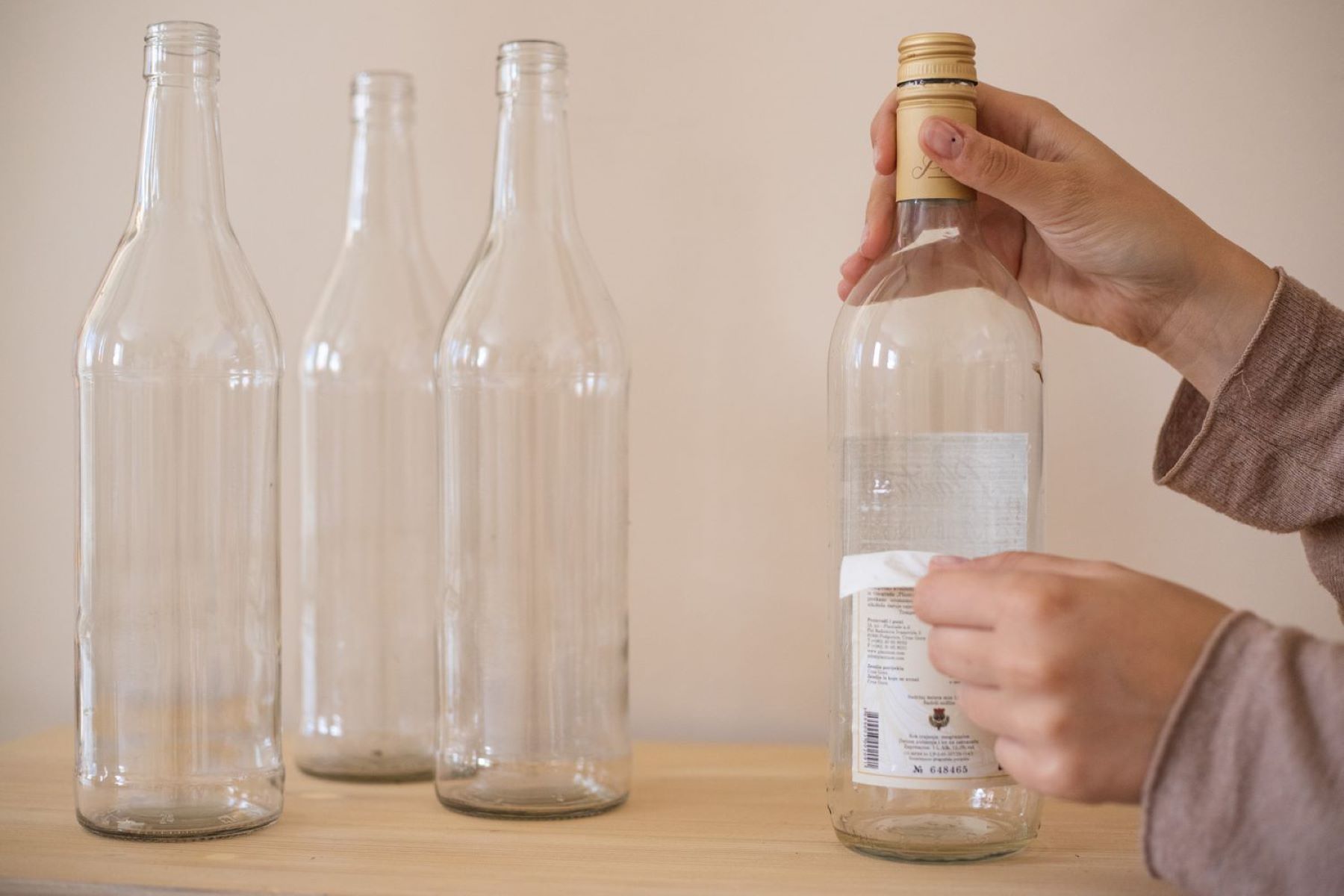
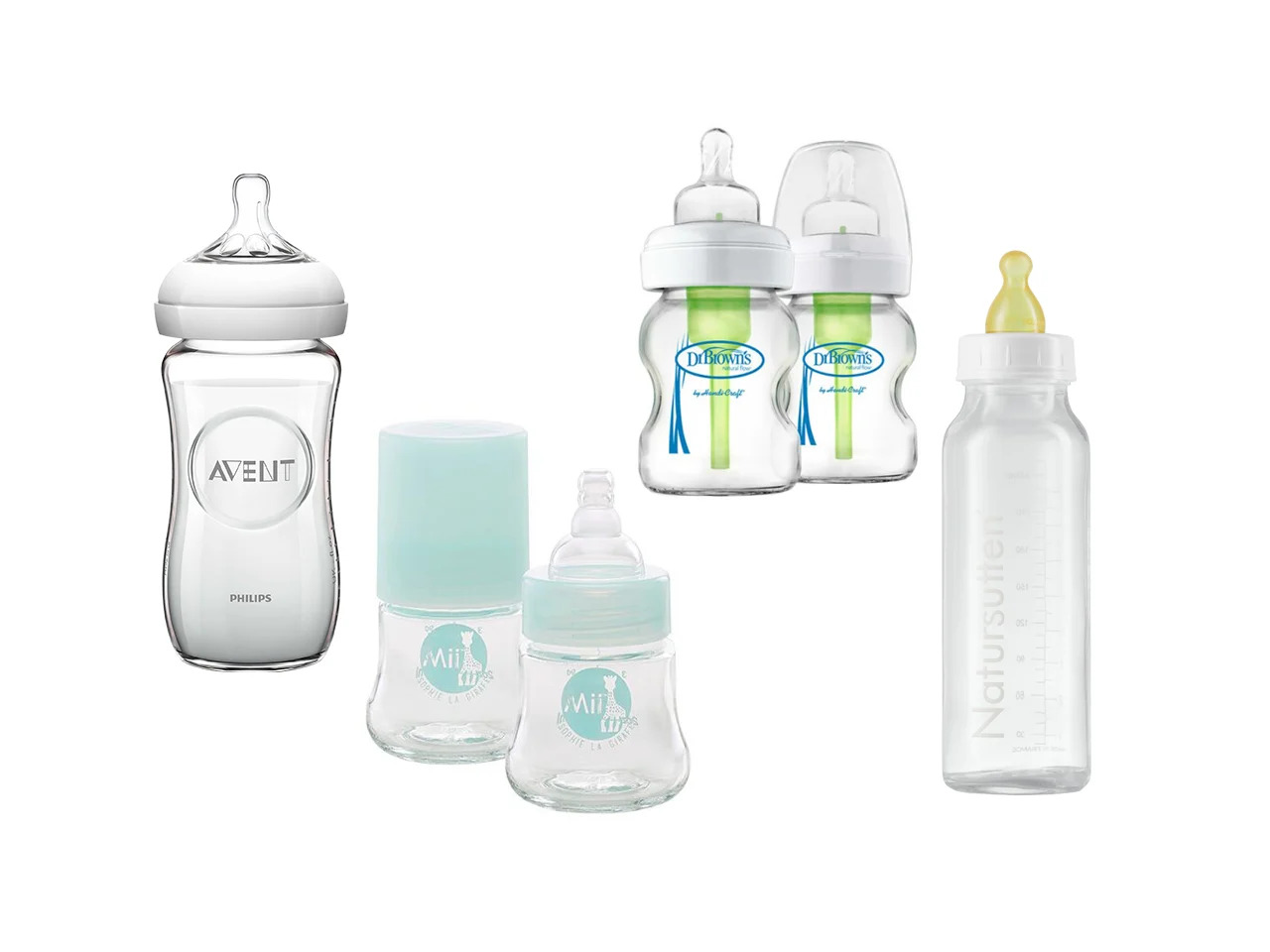

0 thoughts on “What Water Comes In Glass Bottles”